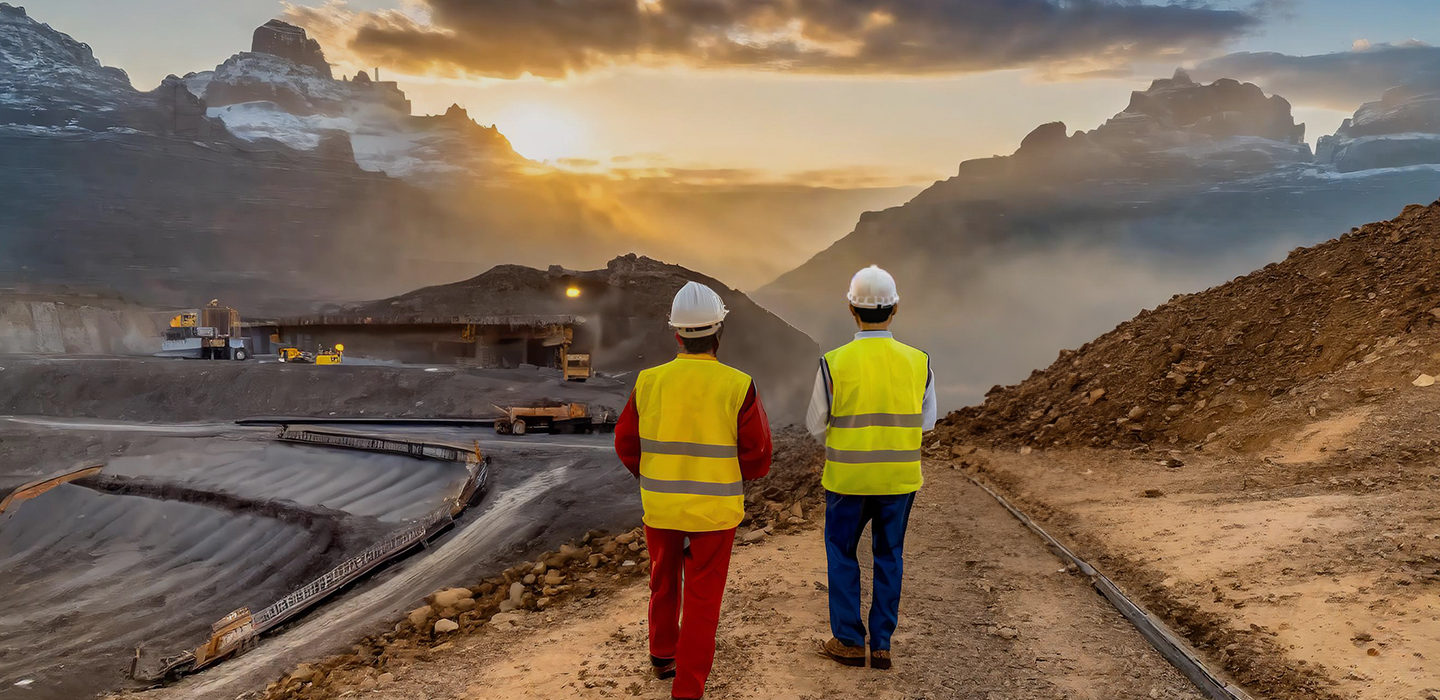
Efficiency in Extraction: Innovations in Mining Structures
In the heart of every mining operation lies the intricate web of structures that support the extraction process. From towering headframes to labyrinthine tunnels, these structures form the backbone of the industry, facilitating the retrieval of precious resources from the depths of the earth. Over the years, advancements in engineering and technology have revolutionized the way these structures are designed and utilized, ushering in an era of unprecedented efficiency and safety.
Gone are the days of rudimentary shafts and precarious scaffolding. Modern mining structures are marvels of innovation, meticulously engineered to withstand the rigors of the extraction process while prioritizing the well-being of those who operate within them. Take, for example, the advent of autonomous drilling rigs, which have transformed the landscape of underground mining by eliminating the need for human operators to work in hazardous environments. With sensors and algorithms guiding their every move, these robotic behemoths navigate the subterranean landscape with precision, maximizing productivity while minimizing risk.
But efficiency in extraction extends far beyond the realm of automation. It encompasses the entire lifecycle of a mining operation, from exploration to rehabilitation. In recent years, there has been a surge of interest in sustainable mining practices, driven by both regulatory pressures and a growing awareness of the environmental impact of resource extraction. This shift towards sustainability has spurred innovations in mining structures, with companies investing in technologies such as modular processing plants and closed-loop water systems to minimize their ecological footprint.
Maximizing Efficiency, Ensuring Safety
Efficiency in extraction is not just about maximizing output—it's also about ensuring the safety and well-being of the workers who toil beneath the earth's surface. Historically, mining has been one of the most dangerous occupations, with hazards ranging from cave-ins to toxic gases posing constant threats to life and limb. However, thanks to advancements in mining structures, the industry has made great strides in improving safety standards and reducing accident rates.
One notable example is the development of refuge chambers, which serve as safe havens for miners in the event of an emergency. Equipped with supplies of food, water, and oxygen, these fortified shelters provide a last line of defense against disaster, offering workers a chance to survive until help arrives. Similarly, the widespread adoption of digital monitoring systems has revolutionized safety management in mining operations, allowing supervisors to remotely track the health and location of their workforce in real-time.
But perhaps the most significant innovation in recent years has been the integration of artificial intelligence (AI) into mining structures. By harnessing the power of machine learning algorithms, companies are able to analyze vast amounts of data to identify potential risks and optimize operational efficiency. From predicting equipment failures to optimizing ventilation systems, AI has emerged as a game-changer in the quest to make mining safer and more efficient than ever before.

Looking Towards the Future
As we look towards the future of mining structures, one thing is clear: the pace of innovation shows no signs of slowing down. From the adoption of renewable energy sources to the development of self-healing materials, the industry is constantly pushing the boundaries of what is possible in pursuit of greater efficiency and sustainability. But perhaps the most exciting developments are happening at the intersection of technology and biology, where researchers are exploring the potential of biomimicry to revolutionize the way we extract and process resources.
Already, we are seeing prototypes of mining structures inspired by the natural world, from termite-inspired ventilation systems to spider silk-reinforced concrete. By emulating the efficiency and resilience of biological systems, these biomimetic designs have the potential to not only enhance the efficiency of resource extraction but also minimize its impact on the environment. As we continue to unlock the secrets of the natural world, the possibilities for innovation in mining structures are truly limitless.